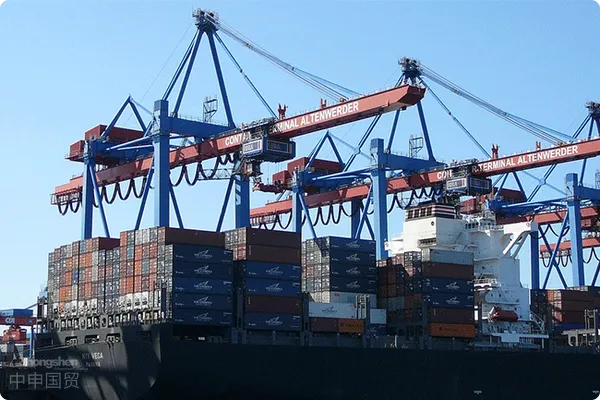- Shanghai Zhongshen International Trade Co., Ltd. - Two decades of trade agency expertise.
- Service Hotline: 139 1787 2118

Environmental ProtectionEquipment ImportsSpecial challenges
After the implementation of the new 2025 "Environmental Protection Equipment Import Management Measures," domestic enterprises face three challenges when importing equipment such as water treatment systems and air purification devices:
- Upgraded technical thresholds: The energy efficiency standard has increased by 23% compared to 2022, and the EU CE certification has added 5 new environmental indicators.
- The customs inspection rate has increased.: The inspection rate for key monitored equipment upon unboxing has increased from 12% to 18%, with the duration of each inspection extended to 3-7 working days.
- Complex tariff structures: Sewage treatment equipment of different power levels is subject to differentiated tax rates ranging from 3% to 9%.
Implicit Cost Control Model for Professional Agency
By comparing the import data of 87 enterprises from 2024 to 2025, the hidden costs that professional agency services can reduce mainly include:
- Certification preparation cost: Conduct a pre-review of technical documents in advance to avoid the $20,000-$40,000 cost incurred from rectifications.
- Port demurrage costs: Accurately predict customs inspection checkpoints, reducing equipment port dwell time by over 40%
- Technical compliance costs: Match the optimal tariff classification based on the equipment's operating temperature range (-20°C to 80°C).
Import RepresentationCore Operational Service Process
- Preliminary technical adaptation phase
- Verification of Equipment Parameters' Compliance with GB36246 Standard
- Cross-comparison of multinational certification documents (CE, RoHS, REACH)
- Practical Operation Phase of Customs Clearance
- Complete tariff reduction declaration using the free trade agreement
- Special Treatment Plan for Wooden Packaging of Electromechanical Products
- Subsequent risk control management phase
- Customs AEO Certification Maintenance Services
- Dynamic Tracking System for Technical Parameter Changes
2025 tariff policy response strategies
In response to the newly announced import tariff adjustment plan, professional agents achieve cost optimization through three major technical approaches:
- HS Code Intelligent Matching System: Accurately identify 2000+ detailed tariff codes for environmental protection equipment.
- The utilization rate of free trade agreements has increased.: Under RCEP, tariff reductions on key equipment can reach up to 14%.
- Transfer pricing scheme design:For complete sets of equipment, itemized declarations can save 7%-12% in taxes and fees.
Typical service case analysis
A water utility company imported a German MBR membrane bioreactor, with the agent service provider being:
- By declaring power split, the tariff rate was reduced from 9% to 6.5%.
- Optimize technical documentation format to avoid compliance disputes with EU EN12255 standards.
- The adoption of the bonded warehouse repackaging model saved 230,000 yuan in VAT expenditures.
Four Dimensions for Choosing Proxy Services
- Special qualification verification: Does it have the qualification for CCC certification self-declaration?
- Technical team compositionThe ratio of electromechanical engineers to customs specialists shall not be less than 1:3.
- Service network coverage: Major ports must have their own customs declaration teams.
- Risk compensation mechanism: Check whether the port detention includes delay insurance.
Related Recommendations
? 2025. All Rights Reserved. Shanghai ICP No. 2023007705-2  PSB Record: Shanghai No.31011502009912
PSB Record: Shanghai No.31011502009912










